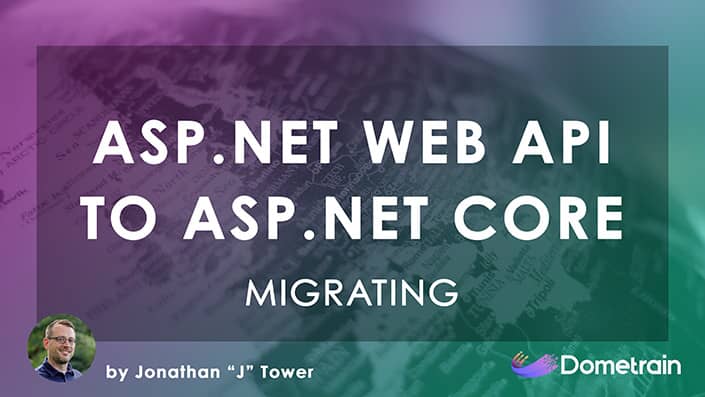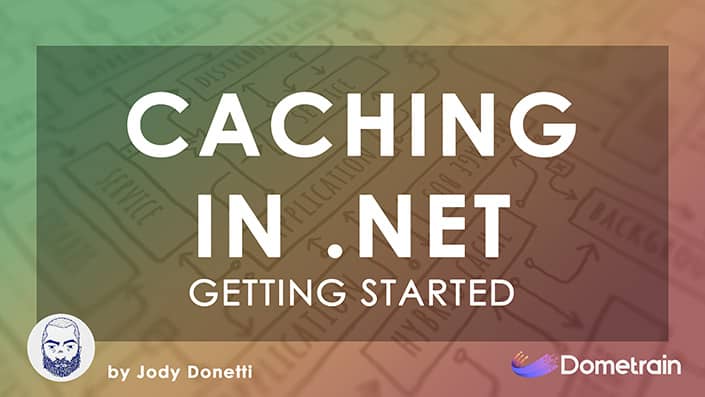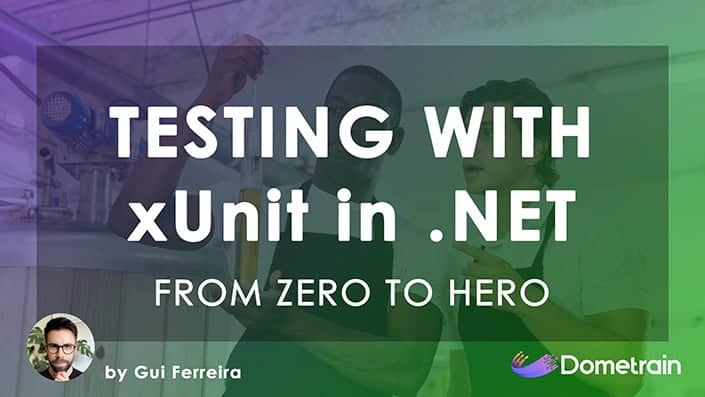Getting Started: TypeScript
Get started with learning the TypeScript programming language
About This Course
TypeScript is one of the most popular programming languages right now, and for good reason. It's a highly versatile language that can be used for developing both frontend and backend applications. Knowing TypeScript can make you a well-rounded full-stack developer who can create beautiful frontends with libraries like React or Vue and powerful backends. TypeScript knowledge also allows you to create cross-platform mobile applications using React Native. In this course, legendary TypeScript and React developer Cory House will teach you everything you need to know to get you started with TypeScript and make learning a new language as easy as possible. This course contains tens of exercises to learn by doing, which is always the best way to learn.
Course Curriculum
Meet Your Instructor
© 2025 Dometrain. All rights reserved.








